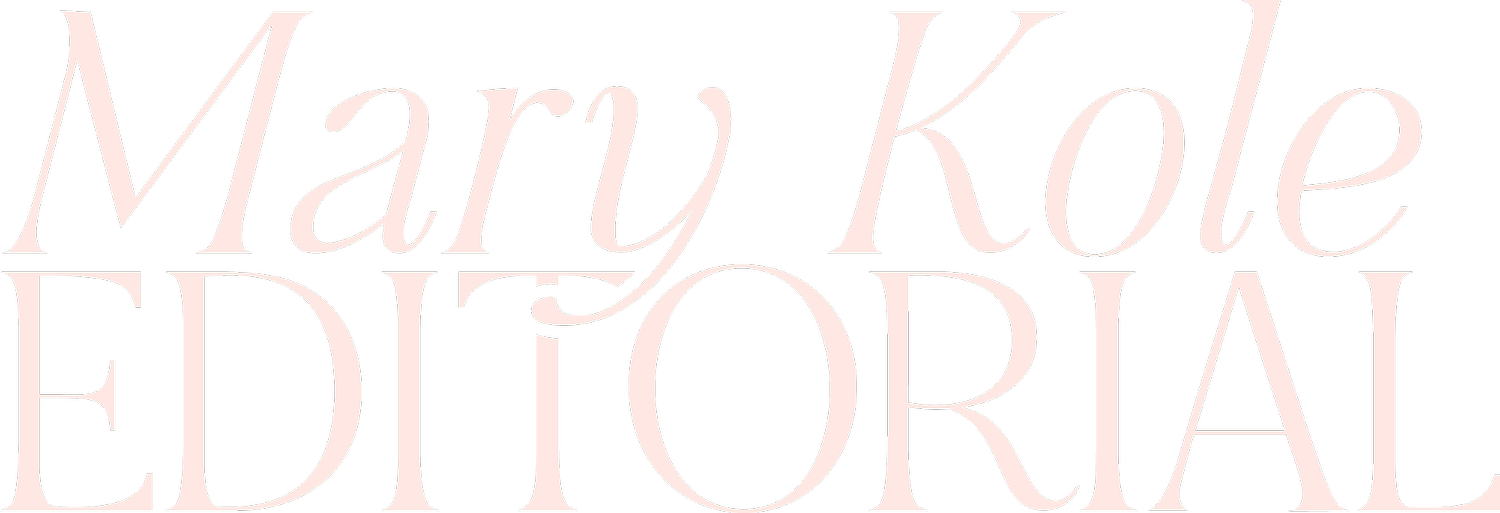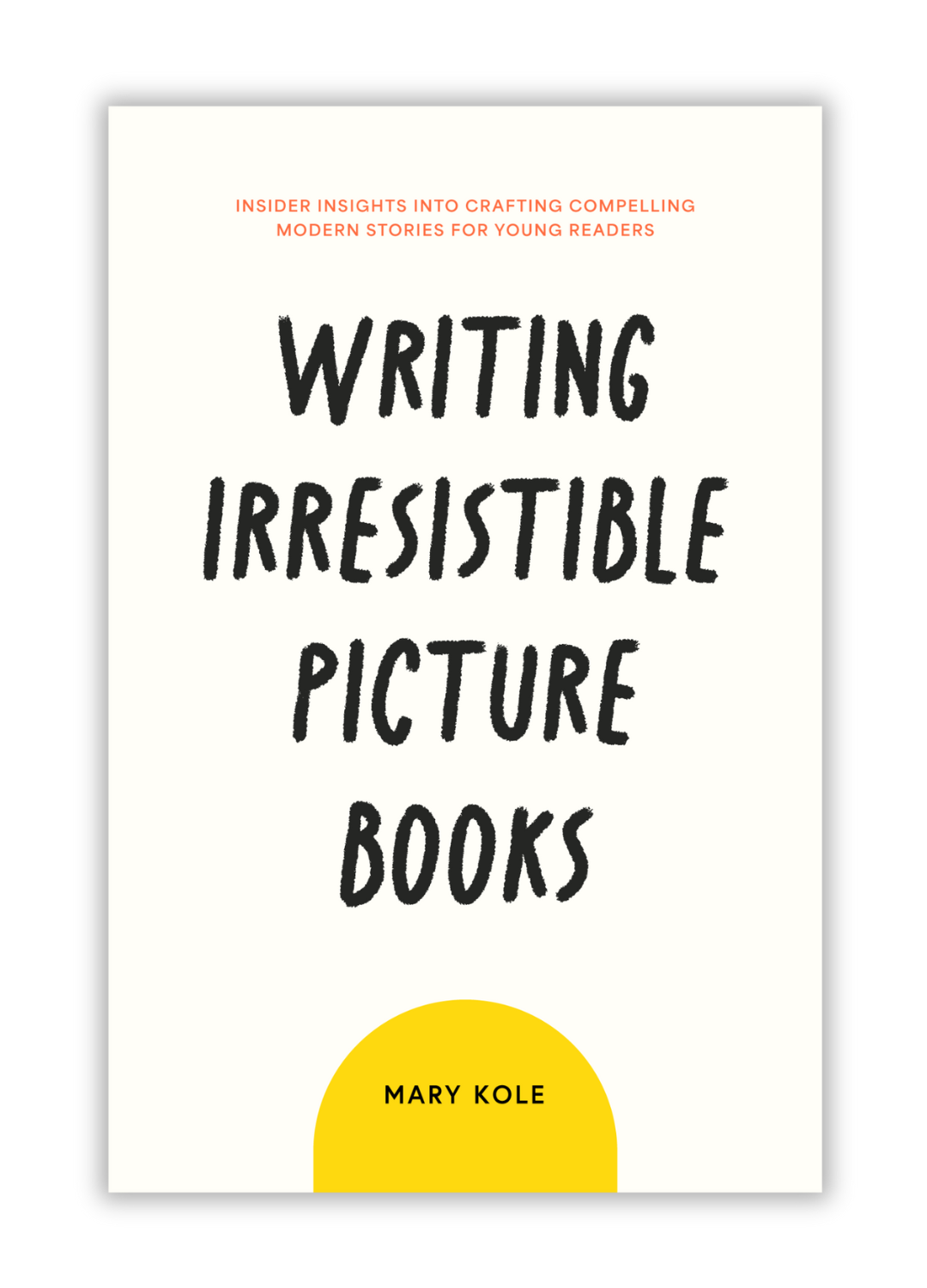Leave Room for Illustrations in Your Picture Book
By Mary Kole
Mary Kole is a former literary agent, freelance editor, writing teacher, author of Writing Irresistible Kidlit, and IP developer for major publishers, with over a decade in the publishing industry.
Writing a book is no small feat. It requires dedication, perseverance, and talent. And those are just the emotional writing tools you’ll need to bring to the table. But what happens when you want to add illustrations to your book project? How do you make sure and leave room for illustrations in your writing? This is a question that many aspiring writers struggle to answer. In this article, I'm going to share some valuable tips on how to leave room for illustrations when working on a book project, and how to interface collaboratively with an illustrator.
One of the first things to think about when writing a book that's intended to be illustrated is what story elements can be left to an illustrator's imagination. There are certain things that an illustrator can bring to life in a way that writing simply cannot. For example, setting, action description, and facial expressions can all benefit from an illustrator's touch, especially if you’re writing a picture book and need to keep your manuscript to about 600 words. By leaving these elements open for interpretation, you give the illustrator the creative freedom they need to produce the best possible illustrations.
How to Leave Room for Illustrations
Let's talk about how to leave room for illustrations in your writing. This can be a bit tricky, but it's an essential step if you want to work collaboratively with an illustrator. Try to keep your writing concise and to the point. Long-winded descriptions and overwriting can be a hindrance when it comes to a professional coming in later to add visuals. Instead, focus on the important details and let the illustrations fill in the gaps.
Remember, illustrators are creative partners on a project. They bring a unique skillset to the table that writers simply do not have. Some writers have trouble handing over control, but if you want to work in a collaborative publishing environment, you will need to learn to work with an illustrator. This means being open to writing feedback, working together to come up with a shared vision for the book project, and being willing to compromise when necessary.
When it comes to working with an illustrator, communication is key. Make sure to communicate clearly and often. Let the illustrator know what you envision for the book project, but also be open to their ideas and suggestions, and leave room for illustrations in your prose. If you need to convey something essential about your children’s book project, you can use a limited number of illustration notes. By working together, you can produce something truly amazing.
Lastly, remember that working on a book project with illustrations is a collaborative effort. It's important to be flexible, willing to listen, and to leave room for illustrations. By doing so, you'll be able to produce a book that's not only well-written but visually stunning as well.
Writing a book project that is intended to be illustrated requires a different approach than writing a book without illustrations. By remembering to leave room for illustrations, working collaboratively with an illustrator, and being open to feedback, aspiring writers can create something truly amazing. Remember, illustrators are creative partners on a project, and by working together, you can produce a book that's not only well-written but visually stunning as well.

Click here to purchase Writing Irresistible Picture Books, my book on children’s picture books. This comprehensive guide is crammed with craft advice and groundbreaking original research, including a survey of 1,000 upcoming picture book deals, a breakdown of 80 modern and marketable picture book topics, and in-depth analysis of over 150 published picture books.



